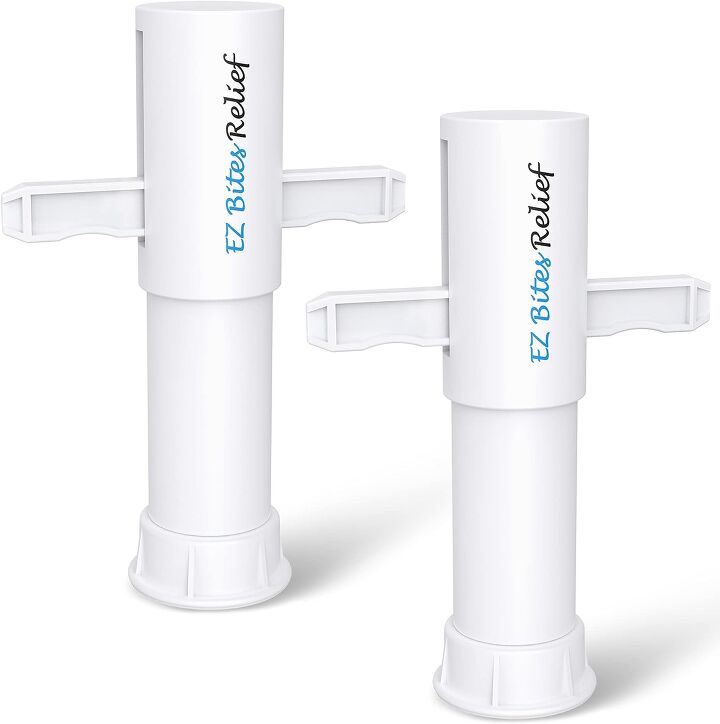What to Do If Your Dog Gets Stung by a Bee?

Nobody wants their pet to get hurt when they’re enjoying some quality time outdoors, but accidents can happen at any time. One of the most common injuries dogs can get when being outside is a bee sting – it’s difficult to prevent a thing such as an insect bite, especially when you’re in nature. But what exactly should you do if this happens? Are bee stings very dangerous to dogs? Before you get into panic mode, here’s what you need to know.
What if a Dog Is Stung by a Bee?
You’re soaking up the sun and enjoying the summer weather with your four-legged furry pal, when all of a sudden – chaos erupts. A wandering bee made a critical mistake and stung your pooch! Is there a reason to panic? Well, in most cases, a single bee sting is not typically dangerous for dogs. So, keep cool and calm. However, some dogs may have mild to moderate reactions to bee stings, while others might experience more severe allergic reactions. The severity of the reaction can vary based on factors such as the dog's size, sensitivity to bee venom, and the location of the sting. If you notice any reaction, here’s exactly what to do.
- Stay Calm:
This is the most important step. Your dog might be in pain or discomfort, but it's essential that you remain calm. Dogs can pick up on your emotions, so staying composed will help keep your dog relaxed too.
- Remove the Stinger (if present):
Check the stung area for a stinger. If you can see it, use a pair of tweezers or the edge of a credit card to gently scrape it out. Be careful not to pinch or squeeze the stinger, as this could release more venom. Other useful accessories such as this bee sting relief and sting suction can also help, so if you’re packing a first aid kit for your pet, be sure to include this nifty gadget.
- Apply a Cold Compress:
Applying a cold compress to the affected area can help reduce swelling and provide relief. Use a clean cloth or ice pack wrapped in a towel and apply it for 10-15 minutes at a time. Make sure to have a barrier (like a cloth) between the cold compress and your dog's skin to prevent frostbite.
- Monitor for Allergic Reactions:
Watch your dog closely for any signs of an allergic reaction, such as difficulty breathing, excessive swelling, vomiting, diarrhea, or collapse. If you notice any of these symptoms, seek veterinary help immediately.
- Administer Antihistamines (if advised by a vet):
If you have consulted your veterinarian before for such situations and they have recommended an antihistamine for your dog, you can give the appropriate dose as directed by your vet. Never give your dog medication without professional guidance.
- Keep Your Dog Calm:
Rest and limit your dog's activity to prevent the spread of venom and reduce the risk of an allergic reaction.
- Seek Veterinary Care:
If the swelling, pain, or discomfort persists, or if you're concerned about your dog's condition, contact your veterinarian. They can provide guidance on whether your dog needs to be seen in person.
- Prevent Future Incidents:
Take measures to prevent your dog from getting stung again. This could involve avoiding areas with a high concentration of bees, keeping your dog away from flowering plants, and possibly consulting a veterinarian about preventive measures. Remember that the severity of the reaction can vary from dog to dog. It's always a good idea to consult with your veterinarian regarding any specific concerns or recommendations for your pet's health. If your dog has a history of severe allergic reactions, your vet might recommend carrying an EpiPen or similar device in case of emergencies.
Of course, it is always a good idea to have a first aid kit for dogs close at hand – this one is pretty well stocked, but you can always make your own that’s tailored to your pet’s needs.

A proud mama to seven dogs and ten cats, Angela spends her days writing for her fellow pet parents and pampering her furballs, all of whom are rescues. When she's not gushing over her adorable cats or playing with her dogs, she can be found curled up with a good fantasy book.
More by Angela Vuckovic

























